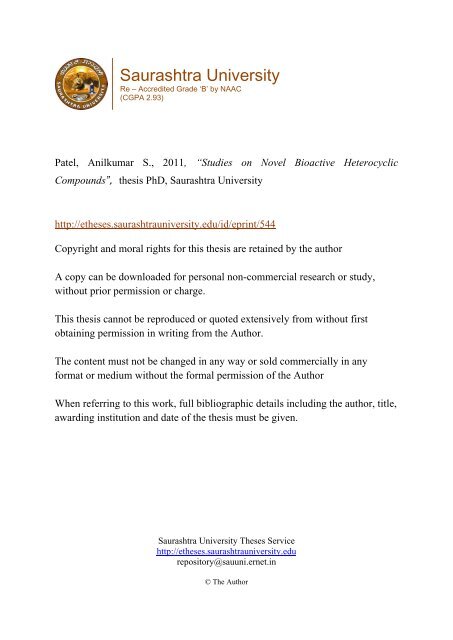System Information (Type 1) String: 04h: 32: Contoso, Inc. Manufactures 2 product lines: 1) 'A' series, and 2) 'B' series. The 'A' series of devices include the Contoso 'A11' and 'A13' device sub-brands, each of which have different screen sizes and both support physically detachable keyboards (though the keyboards are sold as an option). The Printer driver will be listed as Brother Mono Universal Printer (PCL). Right-click on the driver in the Printer folder and choose Printing Preferences. The driver will search your network and return a list of available Brother Printers. Only the machines using PCL5e/PCL6 emulation will be displayed in the device list. Install YiFang NXW9QC132 laptop drivers for Windows 10 x86, or download DriverPack Solution software for automatic drivers intallation and update. A new graphics driver has been published by Intel for its GPUs (Intel 6th, 7th, 8th, 9th, 10th and 11th Gen processors) on Windows 10. This new driver (version 27.20.100.9126) is a patch driver that brings the following bugfixes: KEY ISSUES FIXED: – Lower than average score observed in SPECViewperf 13 benchmark on 11th Generation Intel Core Processors with Intel Iris Xe graphics. Download driver This page contains drivers for Laser Type1 Class Driver manufactured by Brother™. Please note we are carefully scanning all the content on our website for viruses and trojans.
JDBC drivers are divided into four types or levels. The different types of jdbc drivers are:
Type 1: JDBC-ODBC Bridge driver (Bridge)
Type 2: Native-API/partly Java driver (Native)
Type 3: AllJava/Net-protocol driver (Middleware)
Type 4: All Java/Native-protocol driver (Pure)
4 types of jdbc drivers are elaborated in detail as shown below:
Type 1 JDBC Driver
JDBC-ODBC Bridge driver
The Type 1 driver translates all JDBC calls into ODBC calls and sends them to the ODBC driver. ODBC is a generic API. The JDBC-ODBC Bridge driver is recommended only for experimental use or when no other alternative is available.
Type 1: JDBC-ODBC Bridge
Advantage
The JDBC-ODBC Bridge allows access to almost any database, since the database's ODBC drivers are already available.
Disadvantages
1. Since the Bridge driver is not written fully in Java, Type 1 drivers are not portable.
2. A performance issue is seen as a JDBC call goes through the bridge to the ODBC driver, then to the database, and this applies even in the reverse process. They are the slowest of all driver types.
3. The client system requires the ODBC Installation to use the driver.
4. Not good for the Web.
Type 2 JDBC Driver
Native-API/partly Java driver
The distinctive characteristic of type 2 jdbc drivers are that Type 2 drivers convert JDBC calls into database-specific calls i.e. this driver is specific to a particular database. Some distinctive characteristic of type 2 jdbc drivers are shown below. Example: Oracle will have oracle native api.
Type 2: Native api/ Partly Java Driver
Download Type1 04h Manufacturer Driver Download
Advantage
The distinctive characteristic of type 2 jdbc drivers are that they are typically offer better performance than the JDBC-ODBC Bridge as the layers of communication (tiers) are less than that of Type 1 and also it uses Native api which is Database specific.
1 and also it uses Native api which is Database specific.Disadvantage
1. Native API must be installed in the Client System and hence type 2 drivers cannot be used for the Internet.
2. Like Type 1 drivers, it’s not written in Java Language which forms a portability issue.
3. If we change the Database we have to change the native api as it is specific to a database
4. Mostly obsolete now
5. Usually not thread safe.
Type 3 JDBC Driver
All Java/Net-protocol driver
Type 3 database requests are passed through the network to the middle-tier server. The middle-tier then translates the request to the database. If the middle-tier server can in turn use Type1, Type 2 or Type 4 drivers.
Type 3: All Java/ Net-Protocol Driver
Download Type1 04h Manufacturer Driver Shafts
Advantage
1. This driver is server-based, so there is no need for any vendor database library to be present on client machines.
2. This driver is fully written in Java and hence Portable. It is suitable for the web.
3. There are many opportunities to optimize portability, performance, and scalability.
4. The net protocol can be designed to make the client JDBC driver very small and fast to load.
5. The type 3 driver typically provides support for features such as caching (connections, query results, and so on), load balancing, and advanced
system administration such as logging and auditing.
6. This driver is very flexible allows access to multiple databases using one driver.
7. They are the most efficient amongst all driver types.
Disadvantage
It requires another server application to install and maintain. Traversing the recordset may take longer, since the data comes through the backend server.
Type 4 JDBC Driver
Native-protocol/all-Java driver
The Type 4 uses java networking libraries to communicate directly with the database server.Download Type1 04h Manufacturer Drivers


Type 4: Native-protocol/all-Java driver
Advantage
1. The major benefit of using a type 4 jdbc drivers are that they are completely written in Java to achieve platform independence and eliminate deployment administration issues. It is most suitable for the web.
2. Number of translation layers is very less i.e. type 4 JDBC drivers don't have to translate database requests to ODBC or a native connectivity interface or to pass the request on to another server, performance is typically quite good.
3. You don’t need to install special software on the client or server. Further, these drivers can be downloaded dynamically.
Disadvantage
With type 4 drivers, the user needs a different driver for each database.
